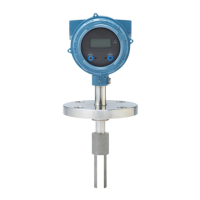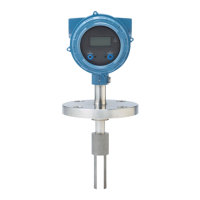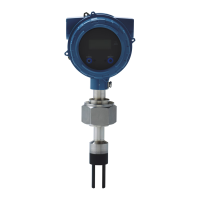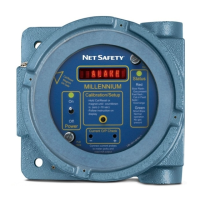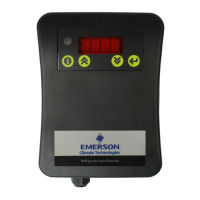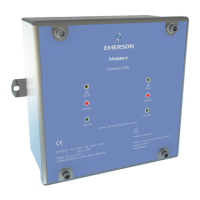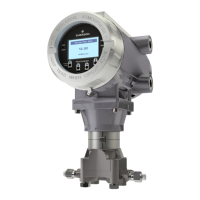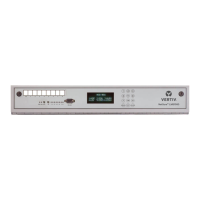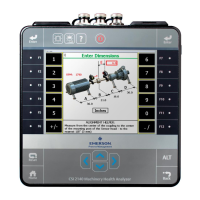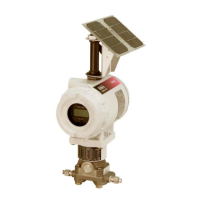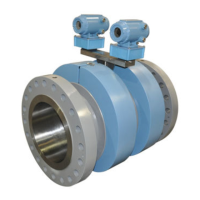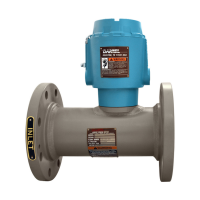Note
For some faults only: If Fault Timeout is set to a non-zero value, the transmitter will not implement
the fault action until the timeout has elapsed.
CAUTION!
Do not use Discrete Output Fault Action as a fault indicator. If you do, you may not be able to
distinguish a fault condition from a normal operating condition. If you want to use the discrete
output as a fault indicator, set Discrete Output Source to Fault and set Discrete Output Fault
Action to None.
Procedure
Set Discrete Output Fault Action as desired.
The default setting is None.
Options for Discrete Output Fault Action
Options for Discrete Output Fault ActionTable 10-6:
Label
Discrete output behavior
Polarity=Active High Polarity=Active Low
Upscale
• Fault: discrete output is ON
(site-specific voltage)
• No fault: discrete output is con-
trolled by its assignment
• Fault: discrete output is OFF
(0 V)
• No fault: discrete output is con-
trolled by its assignment
Downscale
• Fault: discrete output is OFF
(0 V)
• No fault: discrete output is con-
trolled by its assignment
• Fault: discrete output is ON
(site-specific voltage)
• No fault: discrete output is con-
trolled by its assignment
None (default) Discrete output is controlled by its assignment
Fault indication with the discrete output
To indicate faults via the discrete output, set Discrete Output Source to Fault. Then, if a
fault occurs, the discrete output is always ON and the setting of Discrete Output Fault
Action is ignored.
10.4
Configure an enhanced event
ProLink III Device Tools > Configuration > Events > Enhanced Events
Field Communicator Configure > Alert Setup > Enhanced Events
Integrate the meter with the control system
Configuration and Use Manual 105
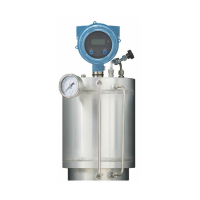
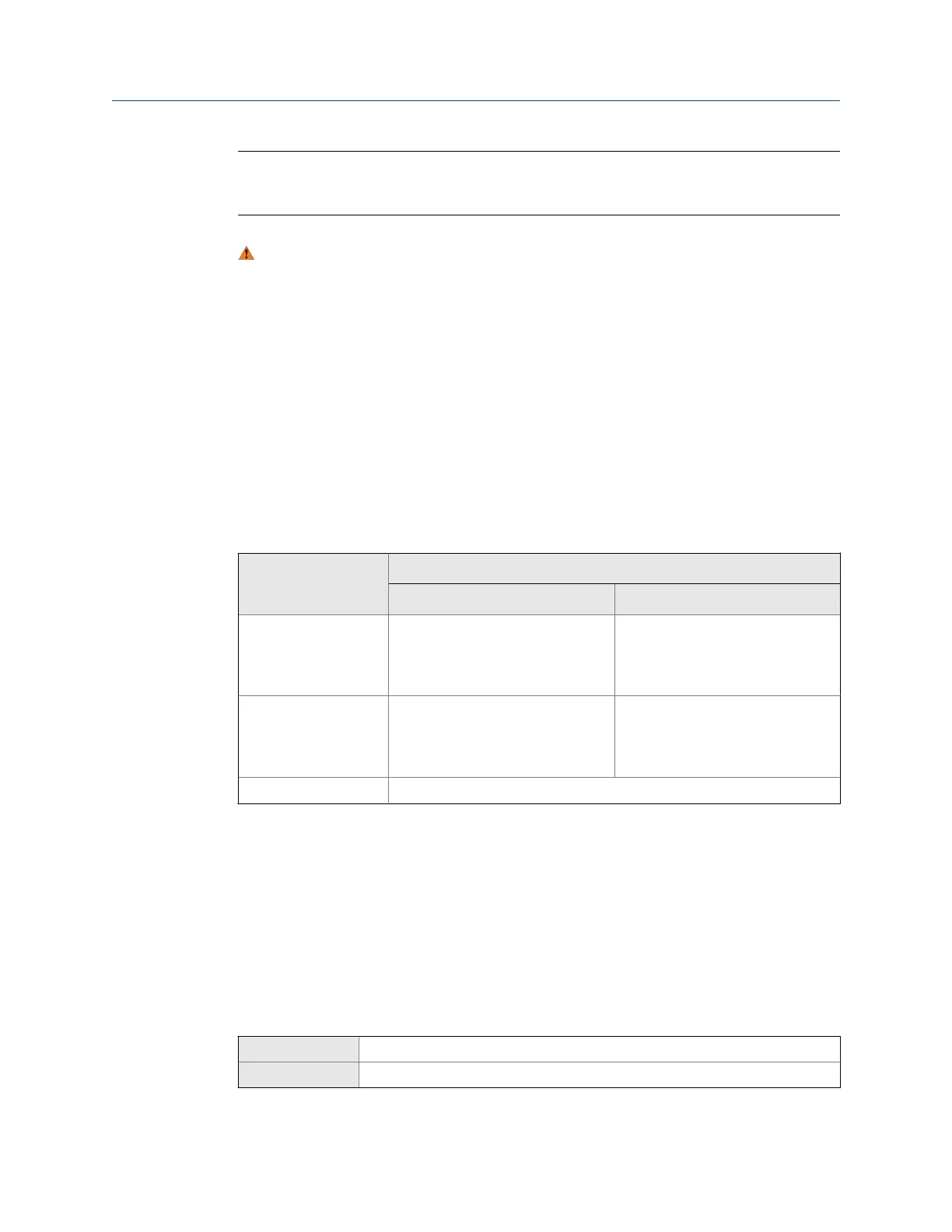